Marrakech is one of Morocco’s most popular destinations. But it is not the capital city – that honor goes to Rabat. It is also not the largest city, that’s Casablanca. Nor is Marrakech the oldest city in Morocco, that award goes to Fes. But it is without a doubt the most interesting. The city is packed with bustling souks, ornate palaces, and cultural gems. In this article, we’ll share 7 interesting facts about Marrakech with you. And we guarantee they’ll have you itching to visit the city.
Marrakech is the fourth largest city in the Kingdom of Morocco. It is one of the four Imperial cities of Morocco and is the capital of the Marrakesh-Safi region. The city is situated west of the foothills of the Atlas Mountains. Marrakesh is 580 km (360 mi) southwest of Tangier, 327 km (203 mi) southwest of the Moroccan capital of Rabat, 239 km (149 mi) south of Casablanca, and 246 km (153 mi) northeast of Agadir.
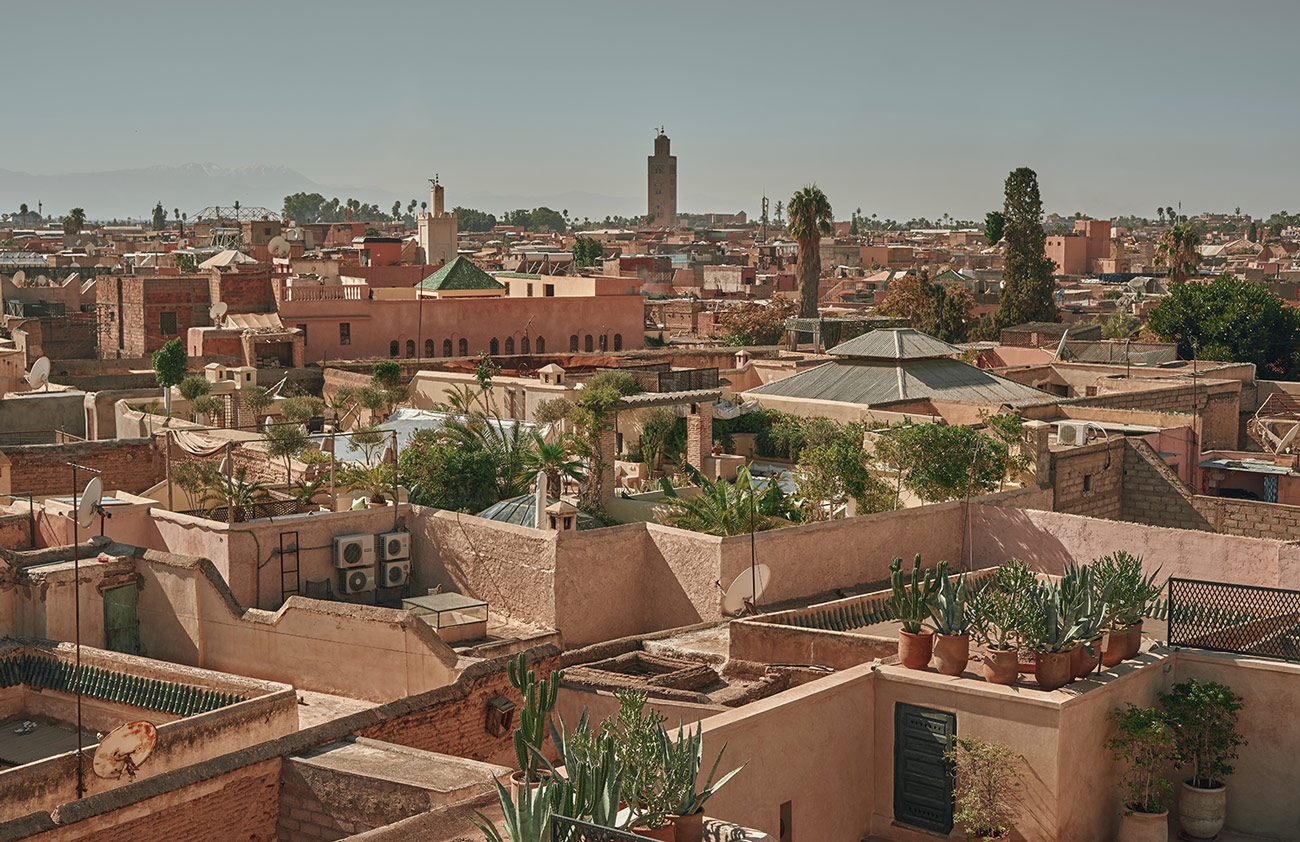
1. The beating heart of the city
Djemaa el Fna is the main square in Marrakech. It is also the busiest market in Africa, attracting millions of visitors every year. The square reminds visitors of the famous Disney movie “Aladdin”. Home to snake charmers, fortune tellers, dancers, and all manner of merchants, it is quite the experience to visit.
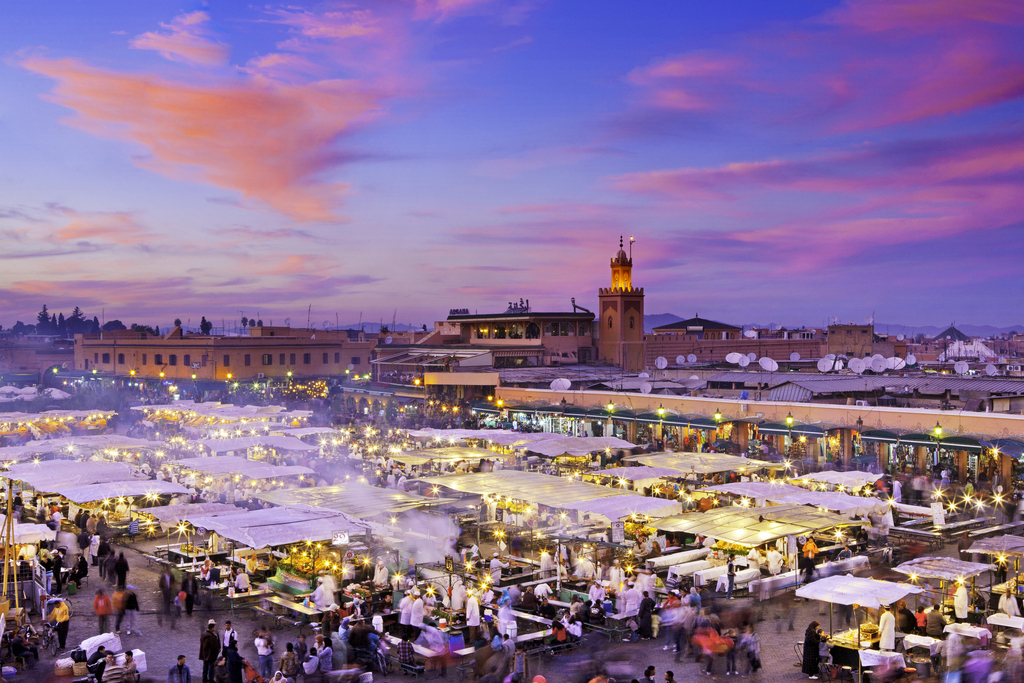


2. The cats of Marrakech
One of the first things you’ll notice about Marrakech is the number of cats that roam the city. Most of these are stray, but they tend to be well-fed by locals and tourists alike. Many even live in local shops. Cats have long been an inherent part of Moroccan culture and everyday life, living harmoniously with the people of the country.




The cats on the Marrakech streets range from plump and content to mangy and malnourished. Some hang back when food is on offer, missing out time and again. Some are seen off by restaurant staff who see them as pests. There is however a plentiful supply of food available and a good bin raider appears to be able to survive quite well.
3. The food
The signature dish of Marrakech is tangia, which is not to be confused with the similar-sounding tagine. Slow-cooked lamb is placed in a clay urn with lemon, garlic, and saffron and then cooked in charcoal until tender. Traditionally, the Tanjia Marrakchia is referred to as a bachelor’s dish. That’s because it involves simple ingredients and easy cooking methods. No wonder it’s a firm favorite amongst men.
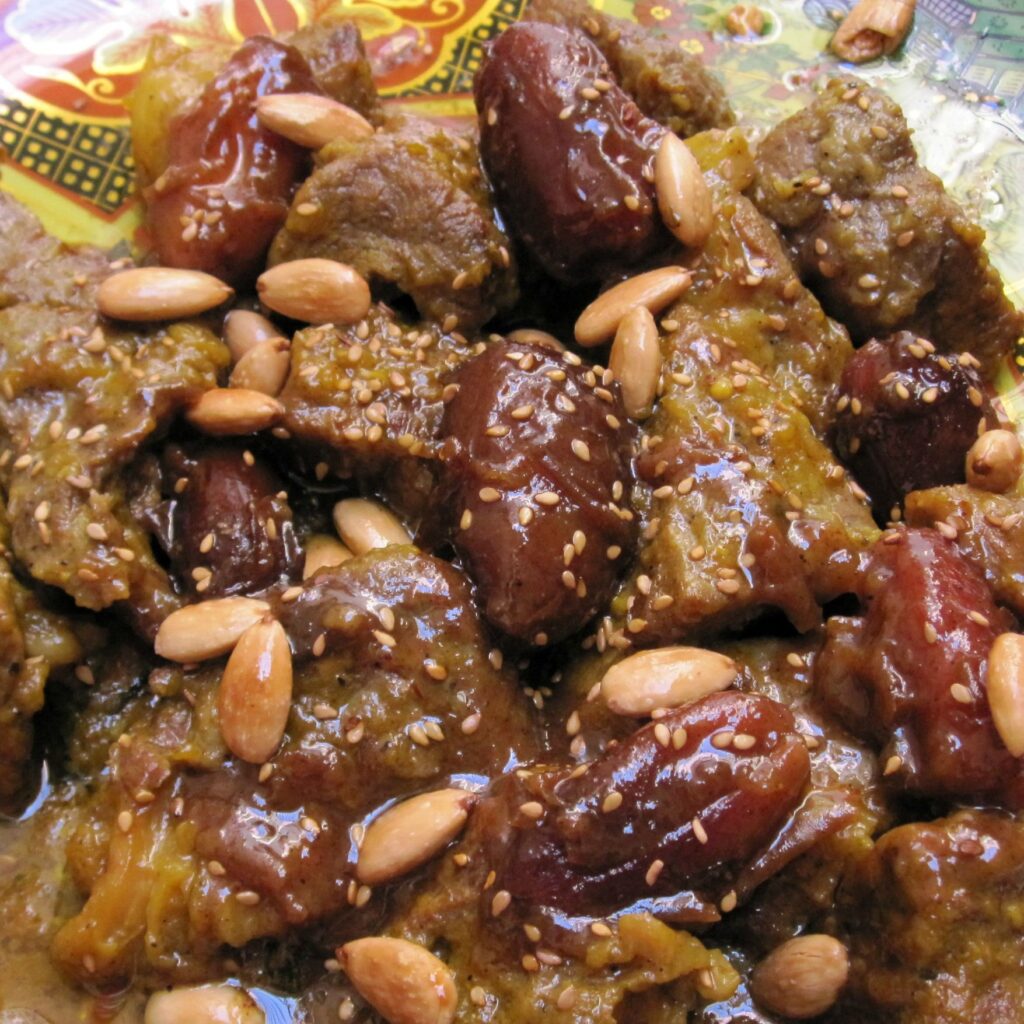
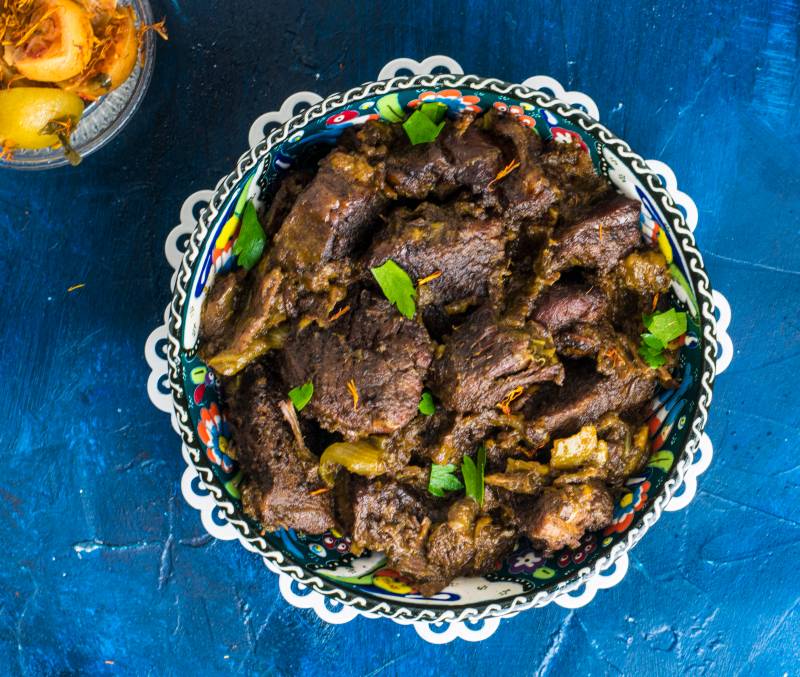

4. The awesome Palm trees
Another thing Marrakech is known for its palm trees. They are found throughout the city and it is illegal to chop them down. This means you can see palm trees in some strange places, such as in the middle of highways.
Despite the urbanization of the enclave, the Palm Grove of Marrakesh remains a mythical place, where you can imagine the city’s past. It isn’t usually crowded and its size ensures there are areas where you can enjoy peace and quiet. Visitors often arrive in horse-drawn carriages. You can hire a horse-drawn carriage in the medina area or in the New Town.
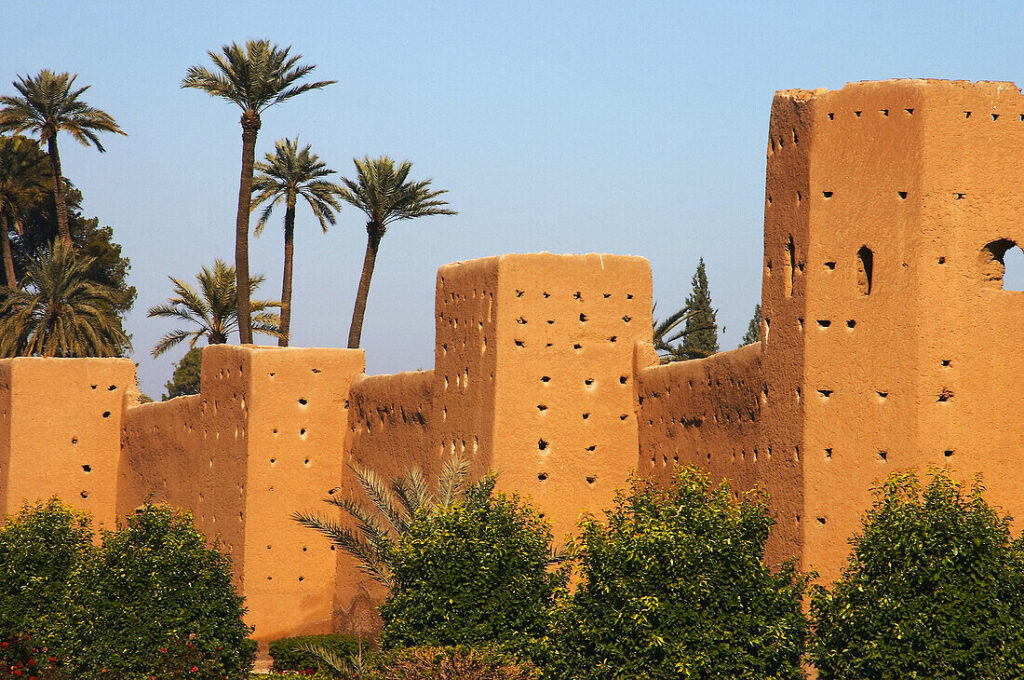


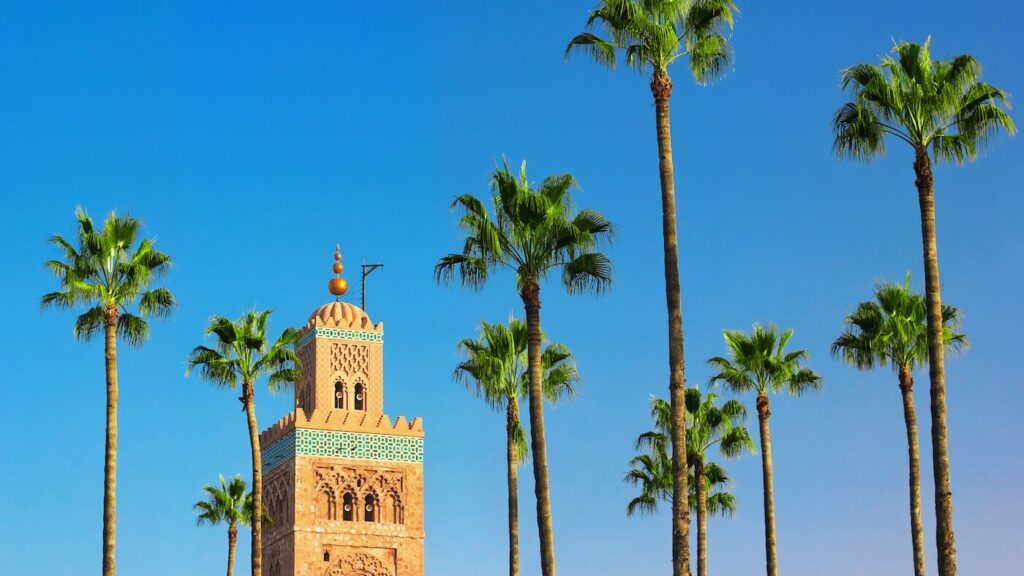
5. The red city
Surrounded by a vast palm grove, the medina in Marrakech is called the “red city” because of its buildings and ramparts of beaten clay, which were built during the residence of the Almohads. The heart of the medina is Jamaa el-Fna square, a vibrant marketplace.
Its imposing clay walls have earned Marrakech the moniker the ‘Red City’, but dig a little deeper and the city’s green side reveals itself, too, from rooftops teeming with wild birds to artisans upcycling used materials in the heart of the medina. Marrakech is known as the Red City, but there’s a green side, too.


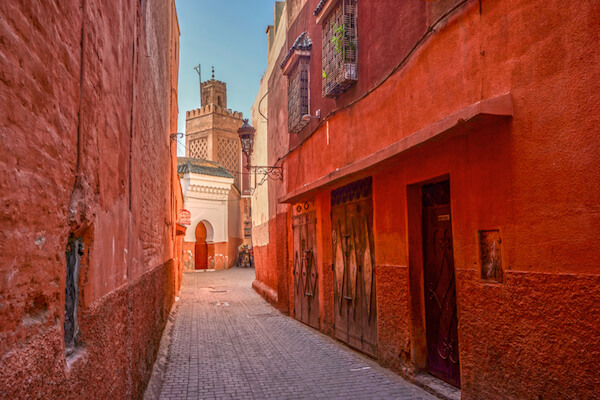
Also read: https://iloveafrica.com/5-interesting-fact-of-xhosa-tribe/
